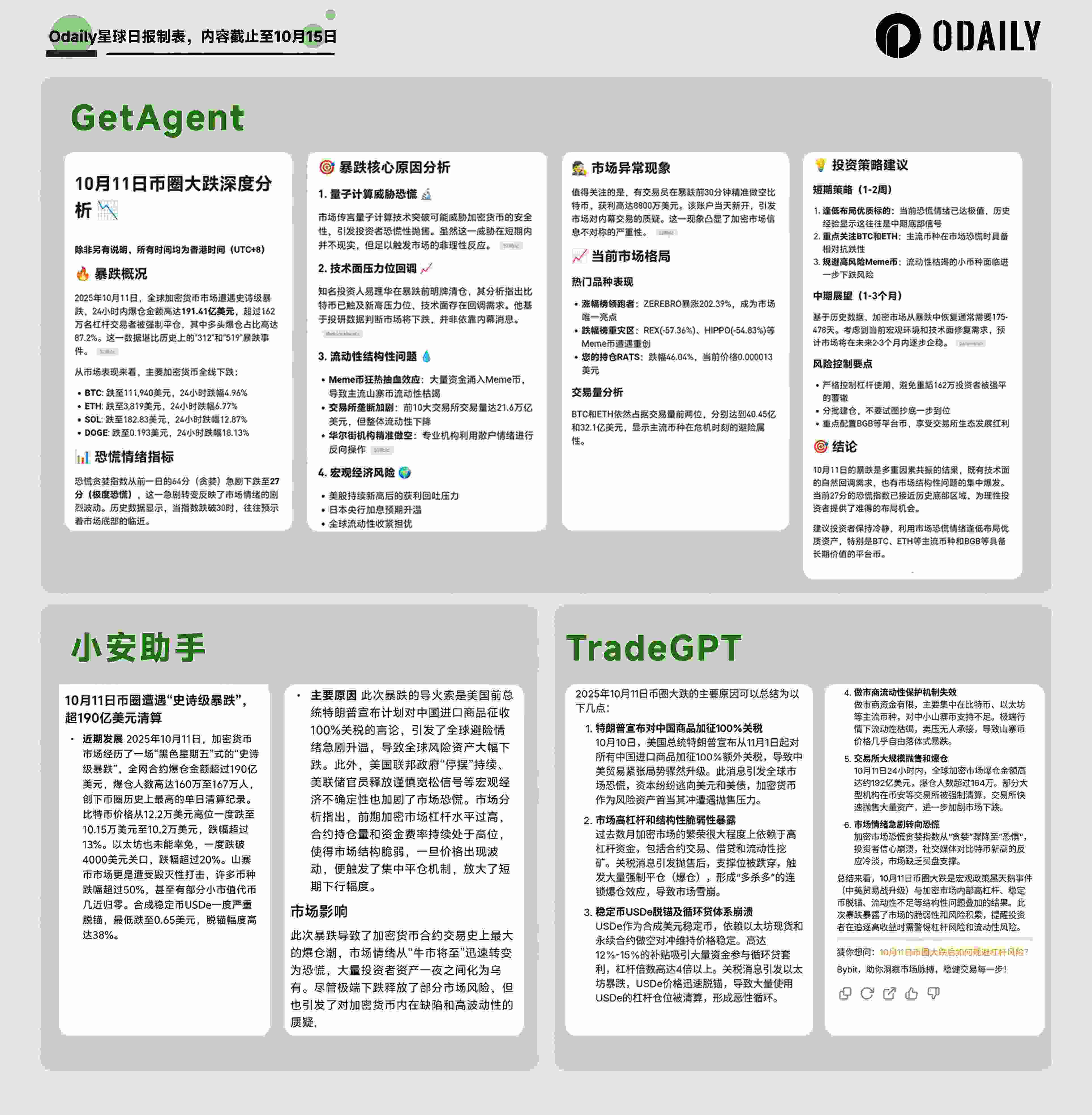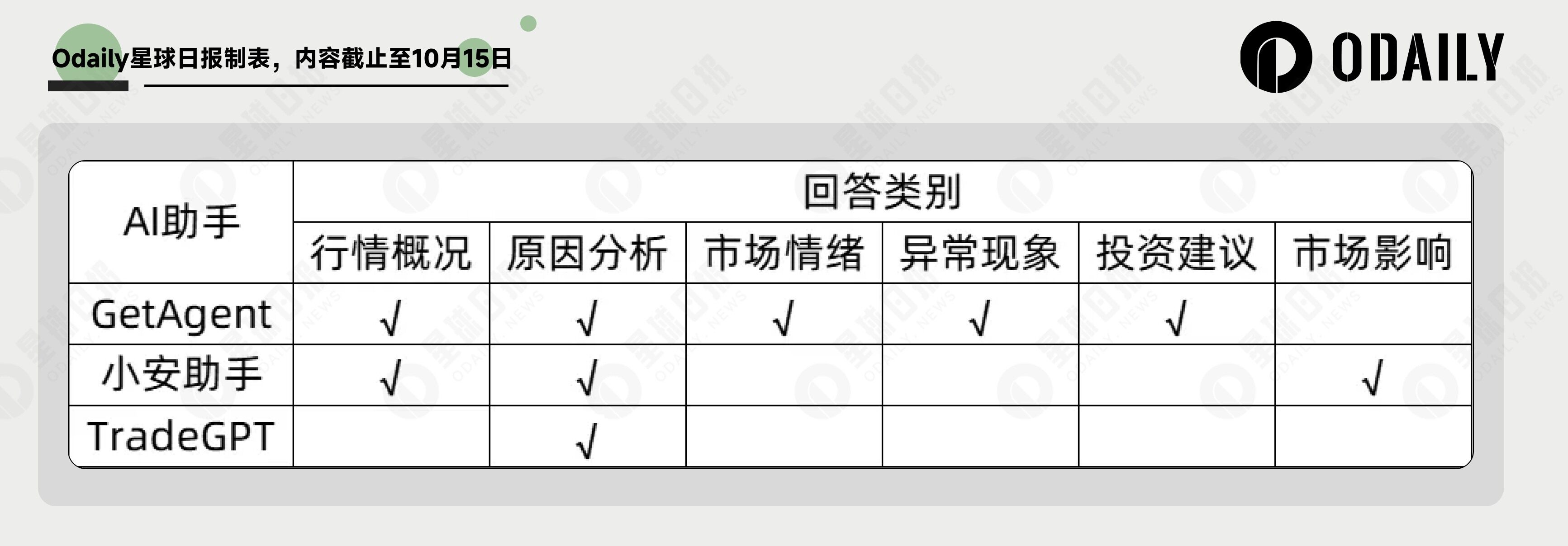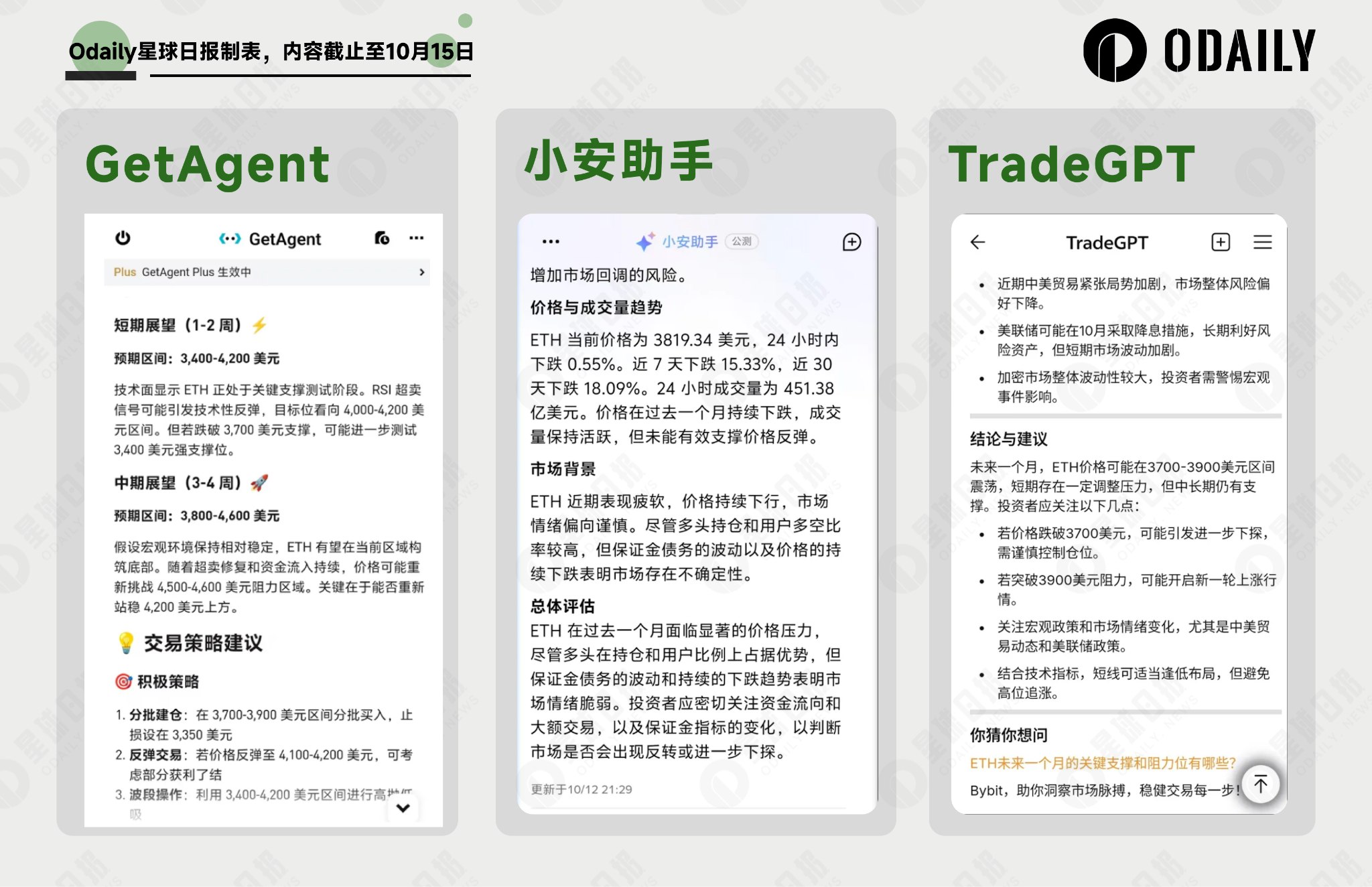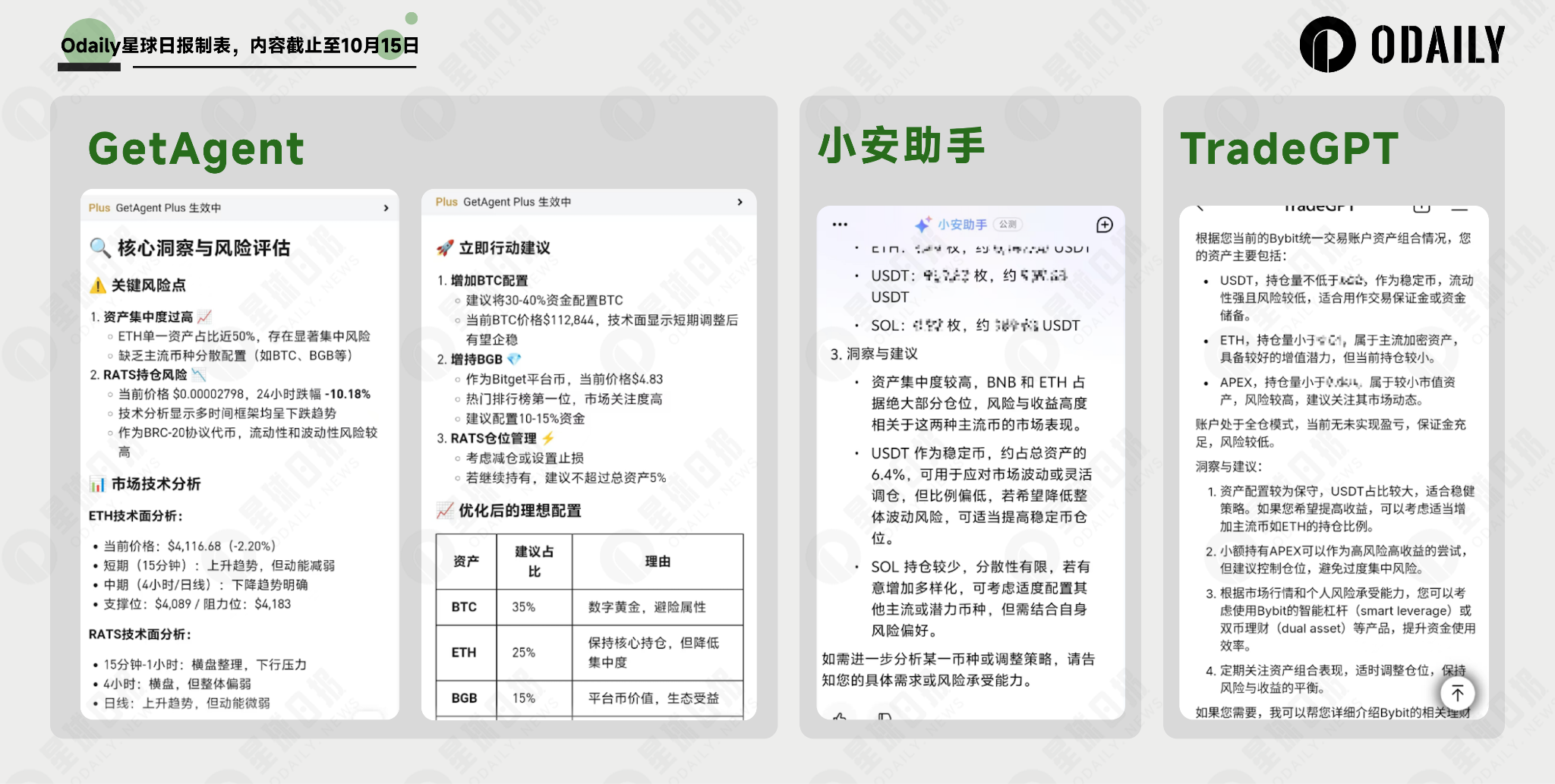
As the cryptocurrency industry continues to mature, its infrastructure is becoming increasingly refined, and the technical narrative is evolving towards deeper and more segmented areas, with new applications, protocols, and tokens emerging constantly. Meanwhile, the crypto market remains the most volatile market, where we can still witness scenarios of altcoins rising 1000% in a single day or plummeting 90%. This explosive development, closely tied to capital, presents obvious challenges for users involved:
- Information barriers: The underlying technology and project mechanisms are becoming increasingly complex, raising the threshold for non-professional users to understand.
- Information overload: The explosive growth of market information makes it difficult to discern truth from falsehood, with varying quality, making it hard for users to quickly capture mainstream narratives and derive comprehensive, objective judgments.
- Demand differentiation: There are significant differences in the needs of users with varying levels of experience. Newcomers require systematic guidance to quickly get started or even make decisions, while seasoned traders need professional tools that enhance information processing and decision-making efficiency.
Recently, major exchanges have been laying out plans and launching AI products embedded in their platforms, aiming to provide users with one-stop information acquisition and decision support services.
Can these AI assistants provide real, reliable information and offer insights with Alpha value? Or are they still in the early stages of conceptual trial products? How do they perform in real scenarios? To verify this, we selected three AI assistants that have been online for a certain period—Binance's Xiaoan Assistant, Bitget's GetAgent, and Bybit's TradeGPT—and conducted an in-depth evaluation around the cryptocurrency market crash on October 11, aiming to explore their usability.
New Trading Solutions in the Era of Information Overload
Have you ever woken up to find Bitcoin has dropped by $10,000, with altcoins bleeding out, leaving you bewildered? In the past, users would typically check media like Odaily or KOL analyses on platform X for market analysis and future outlooks. However, AI assistants have changed this situation, allowing users to obtain answers more quickly without being limited to fixed information sources. But there is one core difference—media articles come from multiple sources and undergo human multi-party review, ensuring high quality, accuracy, and depth, while it remains uncertain whether exchange Crypto assistants can meet the same quality and accuracy standards.
To test this, we first posed a relatively broad question to the three AIs: "What caused the cryptocurrency market crash on 10/11?" Their responses are shown in the image below.

We categorized the responses, and the types of answers from each AI are as follows:

It is evident that there are significant differences in the underlying design of the three. GetAgent is "Recall-oriented," providing the most comprehensive answers, generating a lot of information beyond user requests, making it most convenient for users wanting to gather all information at once; TradeGPT aligns with "Precision-oriented," focusing on in-depth exploration of specific questions; Xiaoan Assistant falls somewhere in between.
Depth of Information and Differentiated Insights
GetAgent identified a key factor not mentioned by the other AIs—"A certain insider whale accurately shorted BTC 30 minutes before the crash, making a profit of $88 million." This whale's precise and suspected core insider operation makes it a crucial focus for future market attention, representing vital information for users and showcasing GetAgent's whale tracking and differentiated insight capabilities.
Furthermore, we asked Xiaoan Assistant and TradeGPT about the title provided by GetAgent: "Were there any abnormal market phenomena that day?" Xiaoan Assistant mentioned the insider whale in its response, while TradeGPT did not mention it unless specifically asked, "Was there any suspected insider operation?"
In summary, there are very clear differences among the AIs in providing information:
GetAgent aims to be a one-stop assistant, completing the full loop from what happened, why it happened, to what to do next, allowing users to choose the corresponding information and solutions based on their needs; while TradeGPT focuses solely on answering the core part of user questions, never extending further, requiring users to have the ability to accurately judge key issues, and Xiaoan Assistant is positioned between the two.
From "What is it?" to "How to trade?": Alpha Insight Evaluation
Once it is clear what has happened, users are more concerned about how to operate in the future. GetAgent's comprehensive first response already provided short-term and mid-term operational guidelines:
Short-term strategy (1-2 weeks): Buy quality assets on dips: Current panic sentiment has reached an extreme, and historical experience shows this often signals a mid-term bottom. Focus on BTC and ETH: Major coins tend to have relative resilience during market panic. Avoid high-risk meme coins: Small coins with depleted liquidity face further downside risks. Mid-term outlook (1-3 months): Based on historical data, the crypto market typically takes 175-478 days to recover from a crash. Considering the current macro environment and technical repair needs, the market is expected to gradually stabilize in the next 2-3 months.
Similarly, we asked Xiaoan Assistant and TradeGPT to "analyze short-term and mid-term operational strategies," and received the following answers:
Xiaoan Assistant: Current market sentiment is in a "fear" state, with extremely poor market breadth and most coins declining. In terms of institutional funds, Bitcoin ETFs experienced a slight outflow on October 10 after several days of large inflows, while Ethereum ETFs saw significant net outflows. This indicates that the market may face downward pressure in the short term, and the cautious attitude of institutional funds is worth noting. Investors should fully consider current market sentiment and institutional fund flows when formulating mid-term and short-term strategies, being wary of potential market correction risks.
TradeGPT: 1. Control positions and reduce leverage: Given the current market volatility, it is advisable to lower leverage to avoid liquidation risks associated with high leverage. Bybit supports multiple risk limits, allowing for reasonable position control to prevent forced liquidation. 2. Pay attention to key support and resistance levels: Technically, focus on key support levels like $100,000 for Bitcoin and $3,000 for Ethereum; if prices stabilize, consider buying on dips; if they break down, be cautious and observe or short. 3. Avoid chasing highs and selling lows.
GetAgent's feature lies mainly in its strict adherence to "universal rules-corresponding strategies" to provide users with operational advice, aiming for positive trading expectations and offering plans for different time frames, helping readers with various trading styles clarify their operational direction, characterized by clarity and very explicit opinions.
Xiaoan Assistant's response remains more at the information reiteration level. It detailed ETF flows and market breadth data from the past, but this historical information is more of a "downward" accompanying data that inevitably occurs with significant declines, often not serving as a forward-looking benchmark for the market.
TradeGPT, on the other hand, provided a vague dual-direction answer, offering strategies for going long if prices rise and going short if they fall, which is a conventional but insufficiently valuable "safe answer."
Second Test: What about ETH's future?
To further explore the response styles of the three AIs, we asked, "Predict the trend of ETH in the next month," and the replies from the three AIs are shown in the image below.

GetAgent again provided clear points, but the judgment basis shifted from universal rules to technical analysis, and it also transformed into a dual-direction plan. The difference is that GetAgent provided clearer trading guidance, including phased buying ranges and explicit profit-taking ranges; Xiaoan Assistant reiterated a lot of historical data again but lacked specific operational guidance; while TradeGPT again provided a dual-direction plan of "resistance-support."
The questions were posed before the rebound on October 12, when ETH was priced around $3,820. As of the time of writing, ETH peaked at $4,280 before retreating, oscillating between $4,000 and $4,200, yielding about 10% positive returns, validating the reliability of GetAgent's strategy.
What should "I" do?
Trading strategies not only differ from an objective perspective, such as trading cycle length and profit-taking stop-loss strategies, but also vary subjectively, as everyone has their own risk preferences and different position allocation needs. If suggestions could be provided based on individual account situations on top of price strategies, it would further validate the usability and reliability of AI assistants. To this end, we asked the AI, "Analyze my current asset portfolio and provide insights and suggestions":

GetAgent identified issues such as unbalanced account allocation and which tokens are weak and not recommended for holding, thus providing clear and actionable operational instructions, along with reasons for the allocations, offering users a clear long-term reallocation goal.
Xiaoan Assistant's response remained more observational. It also identified the issue of asset concentration but provided relatively vague suggestions. While the advice was correct, it lacked specific guidance, leaving users to determine what "appropriate" means and which "potential coins" to allocate, failing to effectively lower the decision-making threshold for users.
TradeGPT continued to exhibit a "Tai Chi" style in trading, stating "ETH has potential" and "to make money, you need to convert USDT to ETH," which are correct but vague statements. Users naturally understand that ETH still has long-term appreciation potential, but they want to know if they can still buy now and how much to buy, rather than being given a long-term answer that is always correct but never specifies when to realize it.
Conclusion
We can conclude that the built-in AI assistants in exchanges possess considerable usability in information processing and providing Alpha insights.
For beginner users, these tools can quickly integrate complex event information from multiple sources and provide structured analyses, significantly lowering the barriers to information acquisition and understanding. For experienced traders, AI assistants can help them quickly identify abnormal movements of whales and provide valuable trading reference plans, further enhancing their efficiency and Alpha level.
Whether you are a novice looking to quickly keep up with market trends or a seasoned trader seeking efficient tools, these increasingly mature AI assistants are worth trying; they have become powerful tools for assisting trading decisions.
免责声明:本文章仅代表作者个人观点,不代表本平台的立场和观点。本文章仅供信息分享,不构成对任何人的任何投资建议。用户与作者之间的任何争议,与本平台无关。如网页中刊载的文章或图片涉及侵权,请提供相关的权利证明和身份证明发送邮件到support@aicoin.com,本平台相关工作人员将会进行核查。



